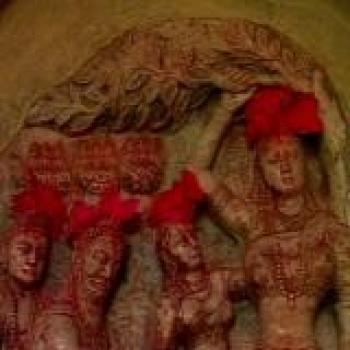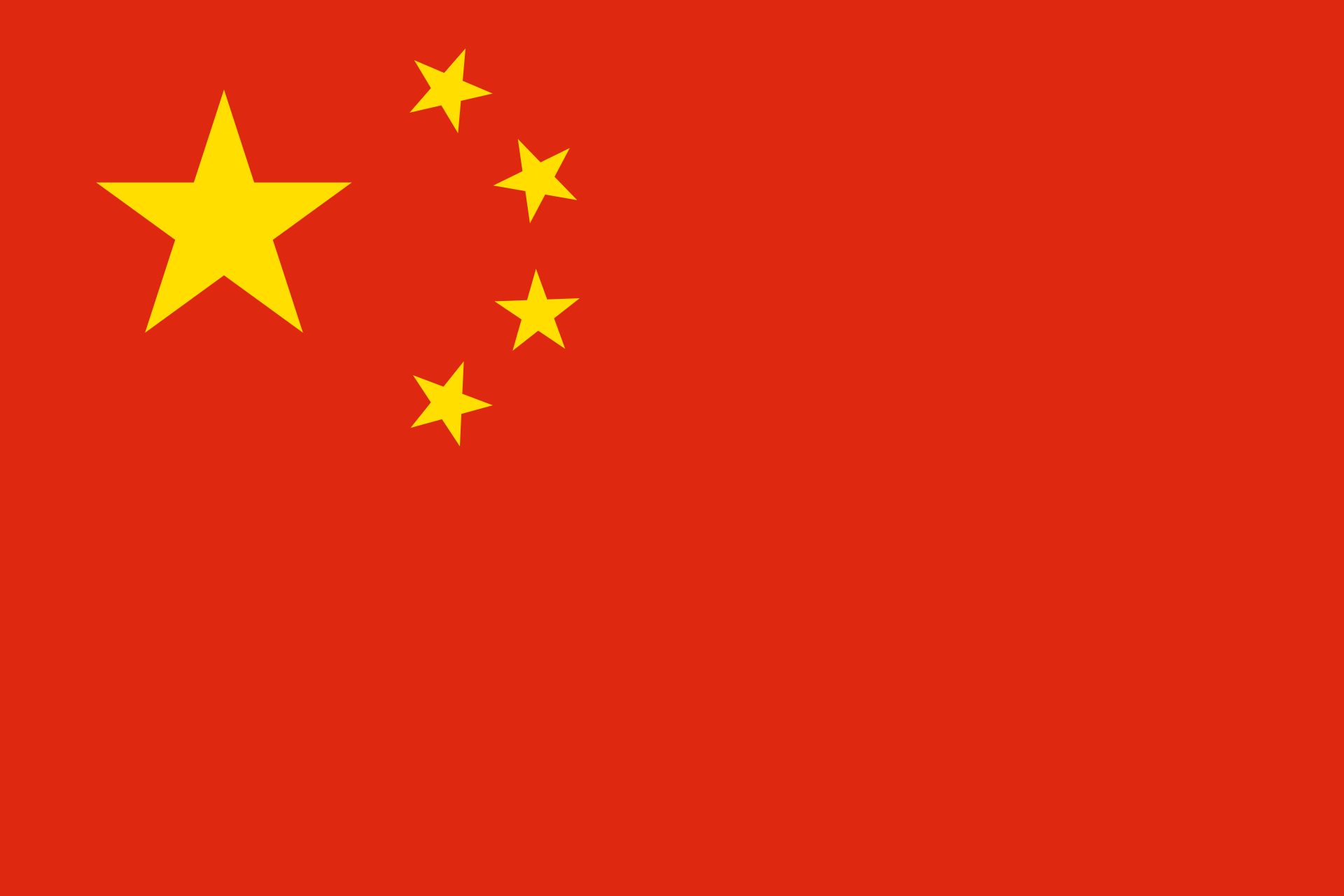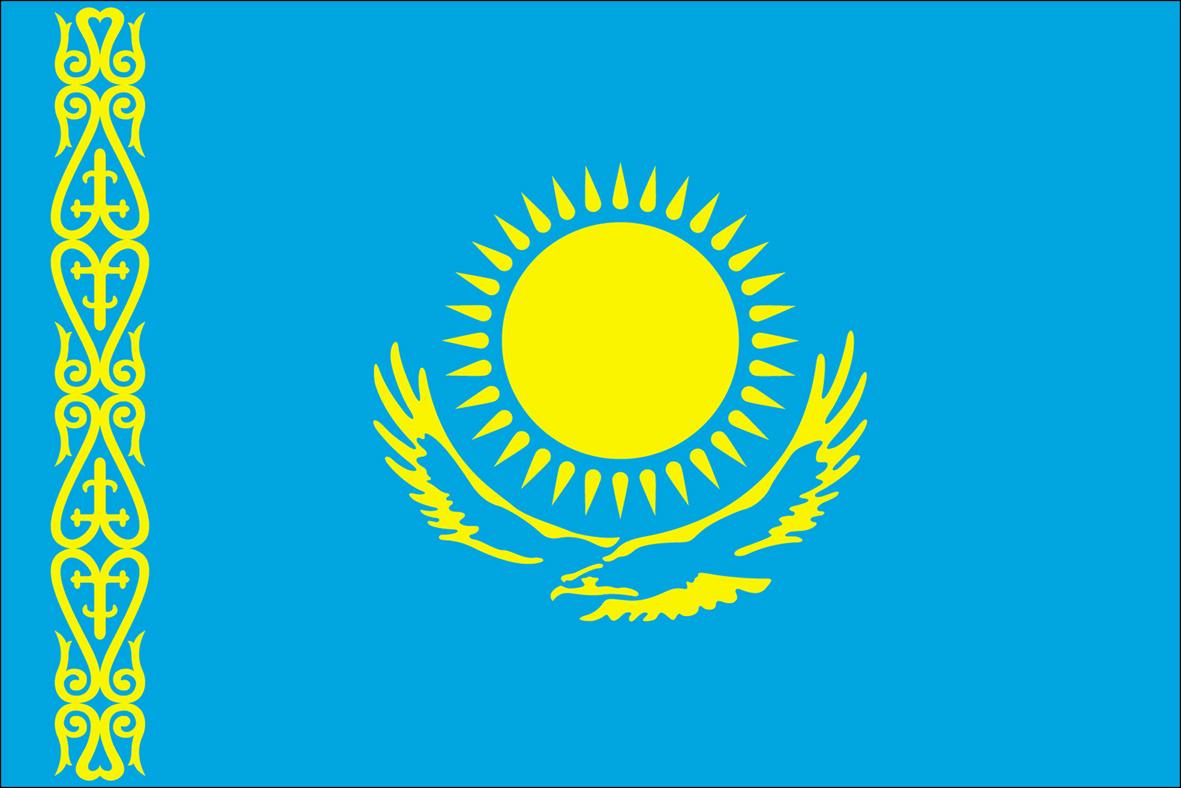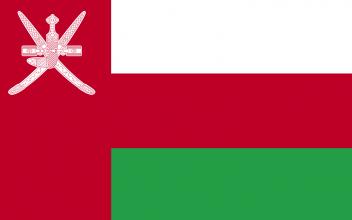The Seljuqs were in origin a Turkic tribe, expanding in the tenth century under the tribal leader Seljuq and moving into Transoxania, where they were converted to Islam. After military conquests over the Ghaznavids, Seljuq’s successors began to establish a more solid basis of power, with one ruler, Toghrïl, declaring himself emir of Khurasan in 1040. In this way, the Seljuqs came to rule as sovereigns over large areas of land, ultimately creating a sultanate in Iran, Iraq and Mesopotamia over the course of the eleventh century.
The Samanid state emerged in Transoxania in the ninth and tenth centuries as a regional successor to the Abbasid caliphate, based around the growing strength and independence of cities such as Nishapur, Merv, Bukhara, Samarkand, Hulbuk, and many more.
The Middle Ages was a time of political turbulence in Pakistan, with a succession of political powers competing for the control of the regions of Sind, Baluchistan, Multan and Kashmir. The Abbasid caliphate of Baghdad governed the area from the eighth to the late tenth century, ensuring the dissemination of Islam, although Kashmir remained politically independent.
Situated on the northern passes between the Far East and western Asia, the Mongol empire was at the crossroads of global communication, linked by trading routes to both China and the Mediterranean. The Mongol state developed in the late twelfth century and became one of the greatest powers in Central Asia after the extensive military conquests of Chinggis Khan (1155–1227). One important consequence of the unification of political power in northern Asia was the protection of the Silk Routes and the facilitation of trade across the region.
The Kitan were a tribe based in northern China who conserved their distinctive identity throughout the Middle Ages, despite absorption into several different states and empires. They are documented from the fifth century, emerging to develop their own khanate between the tenth and twelfth centuries, before changing their name to the Kara Khitay.
The Karakhanids (or Ilkhanid) can first be traced in historical sources in the ninth century, as a powerful tribe in Transoxania. By the late tenth and early eleventh century, they had formed a politically united Karakhanid state, as evidenced by the coinage from this period, on which a series of Karakhanid rulers are described as sovereigns of Transoxania. A distinctive feature of this state was the division of political power into ‘appanages’, or areas of financial government within which estate revenues were assigned to the khan.
The mountainous region of north western Afghanistan was known as Ghur in the Middle Ages. Due to its geographical layout and inaccessibility, political control of the area was often fragmented, relying on local lords and their personal fortresses to rule and protect individual towns. Nonetheless, the sultanate of the Ghurids emerged in the twelfth century, uniting the region and becoming, by the early thirteenth century, a powerful state that extended from Herat in Afghanistan to western Bengal, even reaching the borders of Tibet and Kashmir.
The Ghaznavid emirate was established in Afghanistan in the late tenth century AD, out of the disintegrating rule of the Samanid emirs. Various local rulers around Afghanistan and in Baluchistan were brought under Ghaznavid control and a conglomerate empire was constructed out of tribes and sedentary states in Transoxania. The high point of Ghaznavid power was under the reign of Emir Mahmud, 998 to 1030, who expanded his territories by military conquest until it stretched from Azerbaijan in the west to the Ganges valley of northern India in the east.
The Delhi sultanate emerged in the fourteenth century after a period of political instability in India during the previous hundred years, caused by internal rivalry for power and frequent Mongol invasions. The sultanate reached its zenith both geographically and politically in the first half of the century under Muhammad b. Tughluq, who died in 1351. There were however on-going social tensions, not least between the Muslim and Hindu elements of Indian society, which continued to run high until the disintegration of the sultanate in the sixteenth century.





